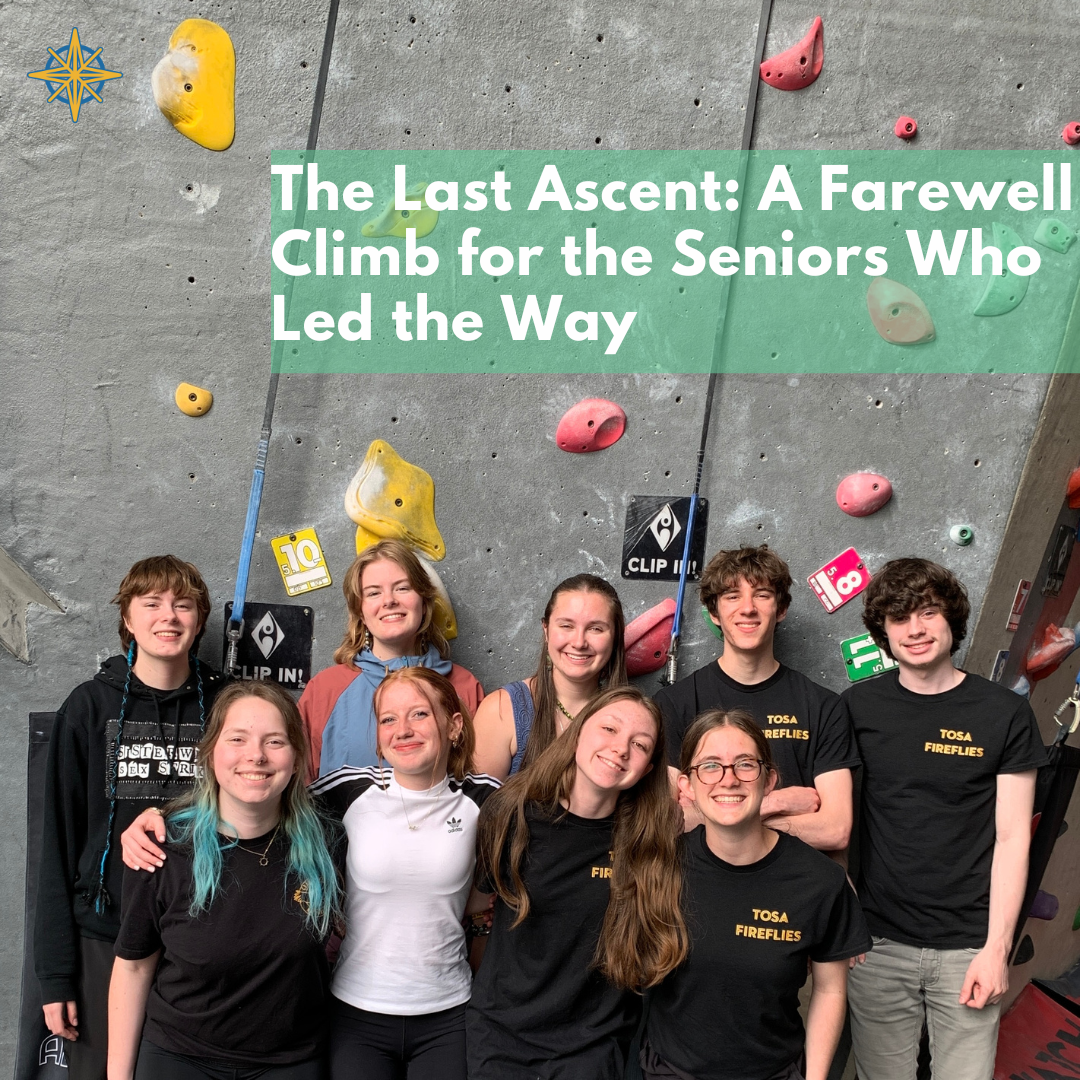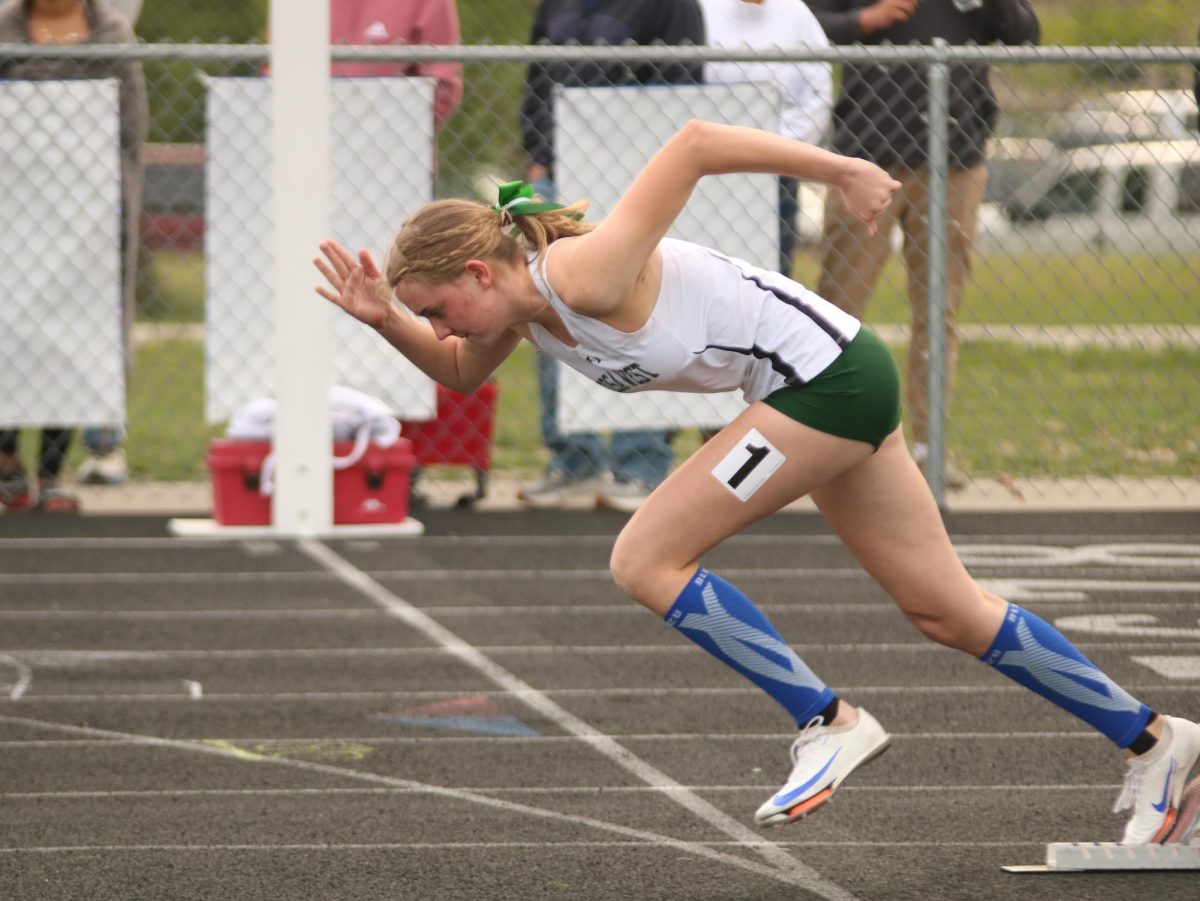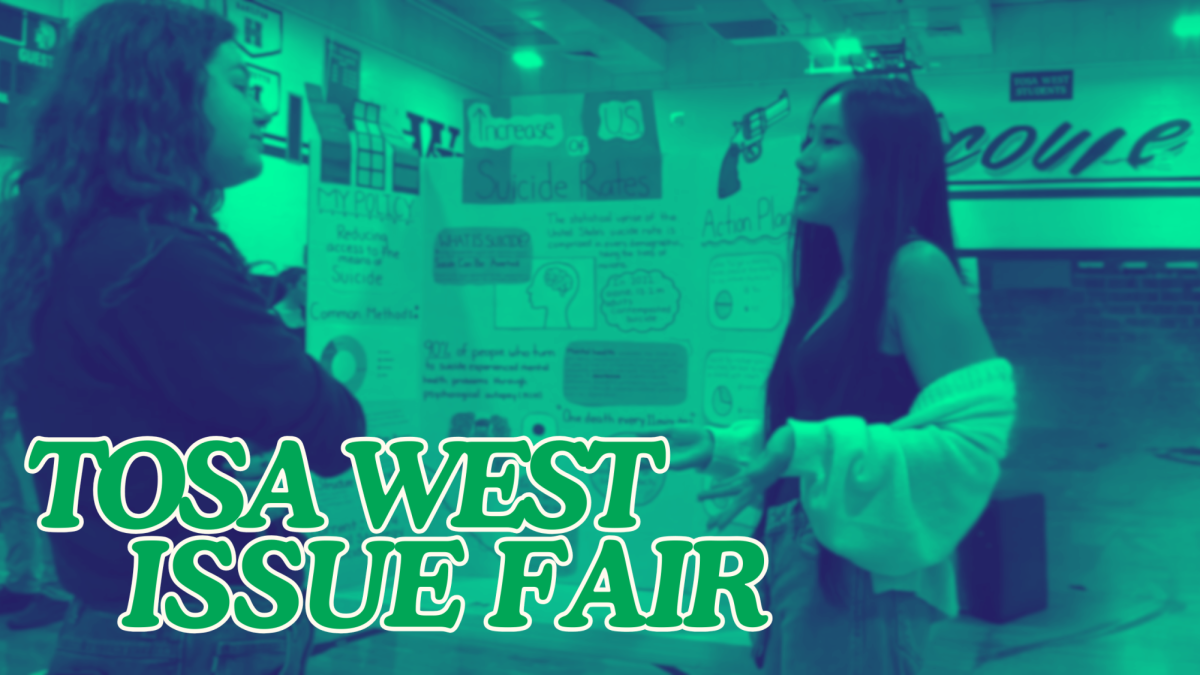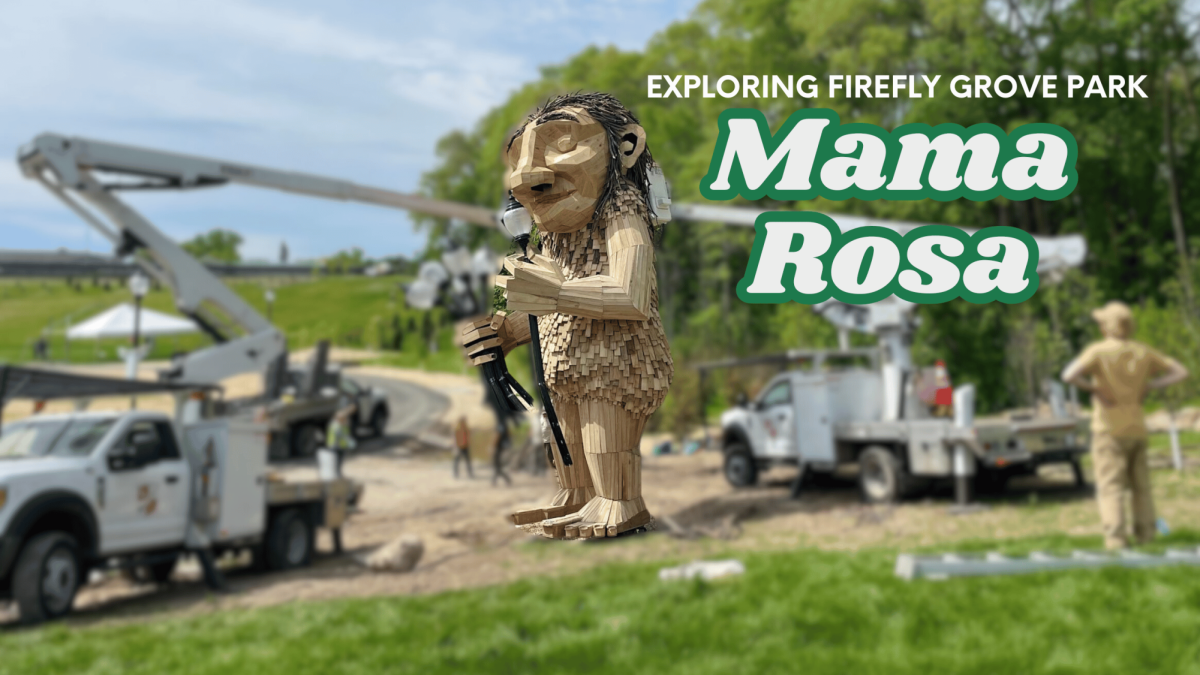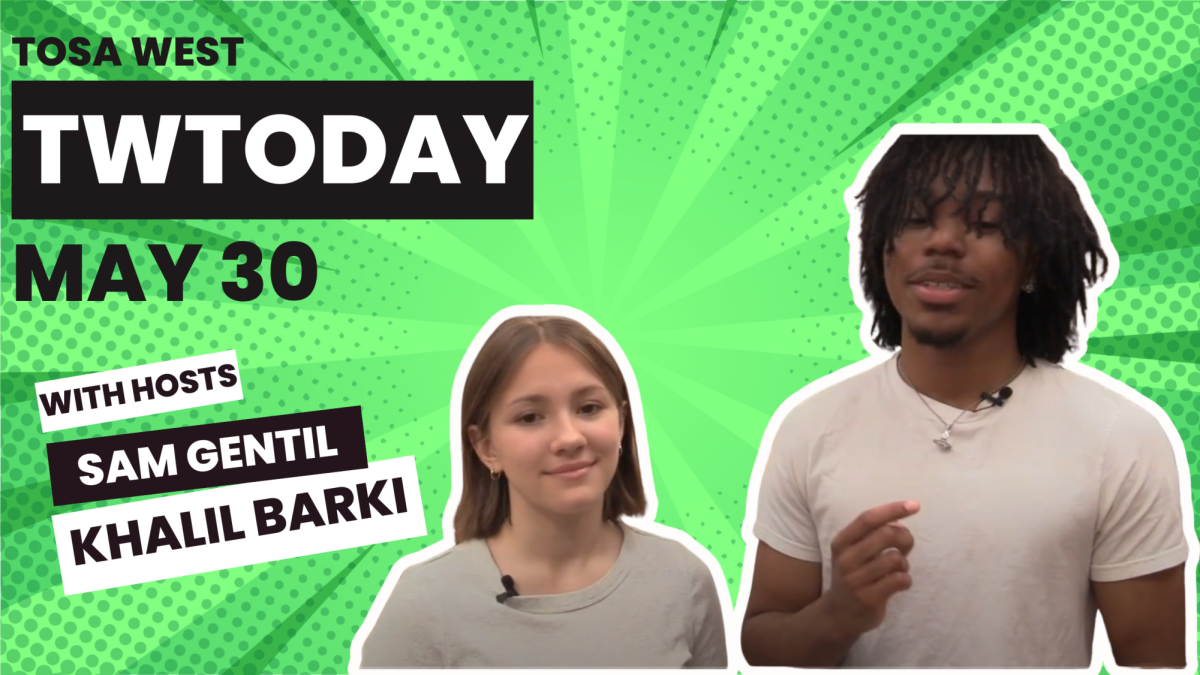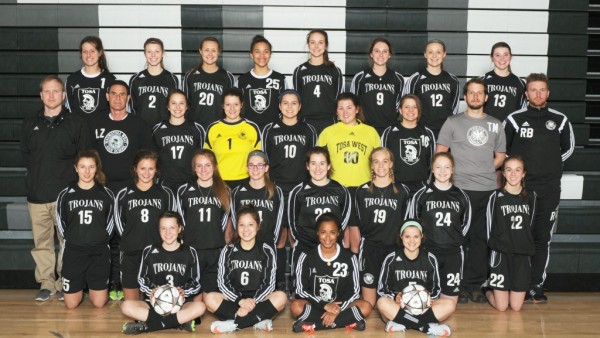What do you wear to see the President?
That’s the first thing that I thought about when I heard that the opportunity had arisen for me to go see President Obama speak for the first time in person, as a high school student.
As a journalist in high school, these sort of opportunities don’t arise everyday.
However, this time, the opportunity was really just handed to me on a silver platter, or at least that’s what it felt like. My advisor sent out emails to, evidently, all the right people in order to get my colleague and I into the event. This allowed our entrance into the press pool.
President Obama spoke at General Electric’s Gas Engine’s Plant on January 30th and I was there to see it.
It was a truly long day filled with possibly more waiting than I’ve ever done in my life, but it was definitely a worth-while adventure.
There’s nothing more scary than being told that you are on a list to get into a presidential event, when in reality, that’s not exactly the case. Telling the magic list lady that you are maybe not on the press and media list officially because you’re a high school student, while having to hold up a driver’s license I.D with restrictions still on it, feels like even more of a gamble in the moment.
Don’t ask me how, but we made it into the factory, merely by the word of a women I have never met because she recognized your name.
I’ve never seen so many camera in my life before. After being directed through a few different lines to the media risers, I hesitated whether to really go up there. I knew I didn’t have a spot with my name on it, but neither did the two UW Madison students walking just in front of me. They went up and I figured, why not?
That’s when, as a student who will go onto college, and quite possibly as a future English or journalism major, things got interesting.
In case you don’t know it, journalists are really a friendly bunch once you get behind all the suits, ties, and hipster glasses. Journalists also have extraordinarily diverse backgrounds on how they got to the position they are in now, which make for rather entertaining stories when you’ve all got about three hours to kill.
The two UW Madison students began talking up their school and their newspaper, a woman who had worked her way up through the ranks told me to “go get a specific internship right away” or I will “get lost in the options”, and a man explained how he had inherited his paper: “My best friend died and I got the paper”. All were very supportive, all were very enthusiastic about their jobs.
Perhaps the most supportive were the reporters and crew from TMJ4. I was interviewed by the station for being one of two high school reporters at the presidential event. They used me as a story. Being a high school journalist, you are never the story. You are always looking for the story. Actually being the story was sort of a unfamiliar change.
A young man introduced President Obama, a GE employee who took the time to share his story about his struggle to make end’s meet, before announcing the name that the press and audience were anticipating.
As he said, “Ladies and Gentlemen, it is my privilege to introduce President Obama,” simultaneously all the the camera’s and pens shot up, everybody looking for that one shot or quote that they needed to take home to their editors.
Obama’s twenty minute speech paralleled fairly closely with his State of the Union Address of 2014 which took place on Tuesday, January 28th. He spoke of the need to pass the 10/10 bill in Congress to raise the minimum wage, to train workers for their jobs, to make sure there are jobs for those workers, and to bring back trade work and jobs to America.
As a student, I was affected by the words, “The problem with kids these days, is that they think that they absolutely have to go to a four year college when they can do just as much hard work at a trade job without having to go to a four year college”.
Rarely, as a kid, do you hear of you fellow students going into a trade such as carpentry, plumbing, or relevantly, factory work.
The entire time the President was speaking, the surrounding atmosphere of photographers and reporters wasn’t quite what I expected.
Everybody was sort of watching the President, but they were also watching out for things and people around them. The President was the obvious story to cover, however, but not the only one out there.
There were secret service agents and police everywhere, an audience filled with factory workers with various stories, some minor celebrities like David Gruber (“One call that’s all”) and Tom Barrett, and volunteers that dedicated their time to help the efforts. All possible stories.
When the President stopped speaking, he signed an executive order, demonstrating his support of more active and abundant job training in the future. There hadn’t been more cheering in that crowd the whole day and you can bet that was the instance that snapped all the journalist’s attention.
This was also when we all scattered, everyone seeking out their next picture or victim to interview to make their story, stunning really.
I learned a lot of useful things covering Obama that I wouldn’t have been able to learn without getting to physically be there with no advisor to guide me through the processes. It’s up to you in the real world and the best way to know what’s coming is to get into the field.
Check out our coverage of Obama’s speech!




